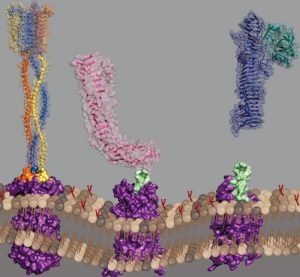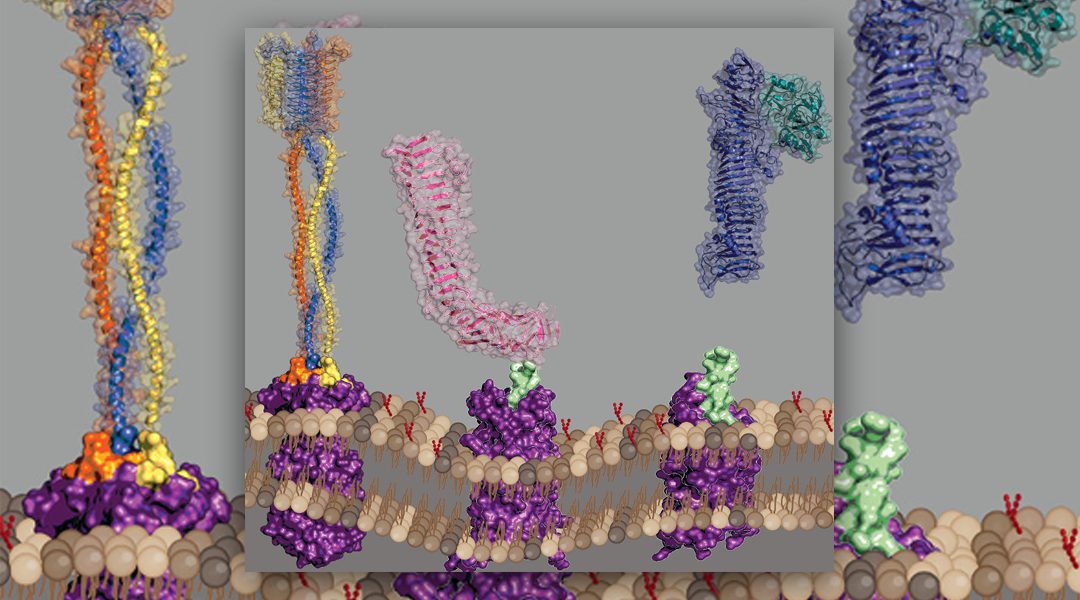 Many biomimetic materials for tissue engineering are trying to mimic the extracellular matrix (ECM). But what are the components of ECM, a “naturally smart”, dynamic and responsive matrix? And how about extracellular vesicles, such as exosomes, that have been in the spotlight of drug delivery and biomarker research in recent years?
Many biomimetic materials for tissue engineering are trying to mimic the extracellular matrix (ECM). But what are the components of ECM, a “naturally smart”, dynamic and responsive matrix? And how about extracellular vesicles, such as exosomes, that have been in the spotlight of drug delivery and biomarker research in recent years?
The extracellular environment which includes the ECM does not only provide a scaffold for the cells to grow, develop, communicate, and form tissues, the extracellular environment is an active environment comprising both structural and functional components including mobile components such as exosomes. The Special Issue edited by Suresh Mathivanan, La Trobe University, Australia, focuses on the proteome associated with these extracellular environment consitutents of different organisms ranging from microorganisms to plants and humans.
The topics covered include host-pathogen interactions, inflammation and ECM re-modelling, cancer biomarkers (secreted tumor antigens), the proteomic cargo in extracellular vesicles and tumor microenvironment in cancer progression and metastasis, or the role of extracellular vesicles and their components including proteins, lipids and nucleic acids in cancer drug resistance.

















